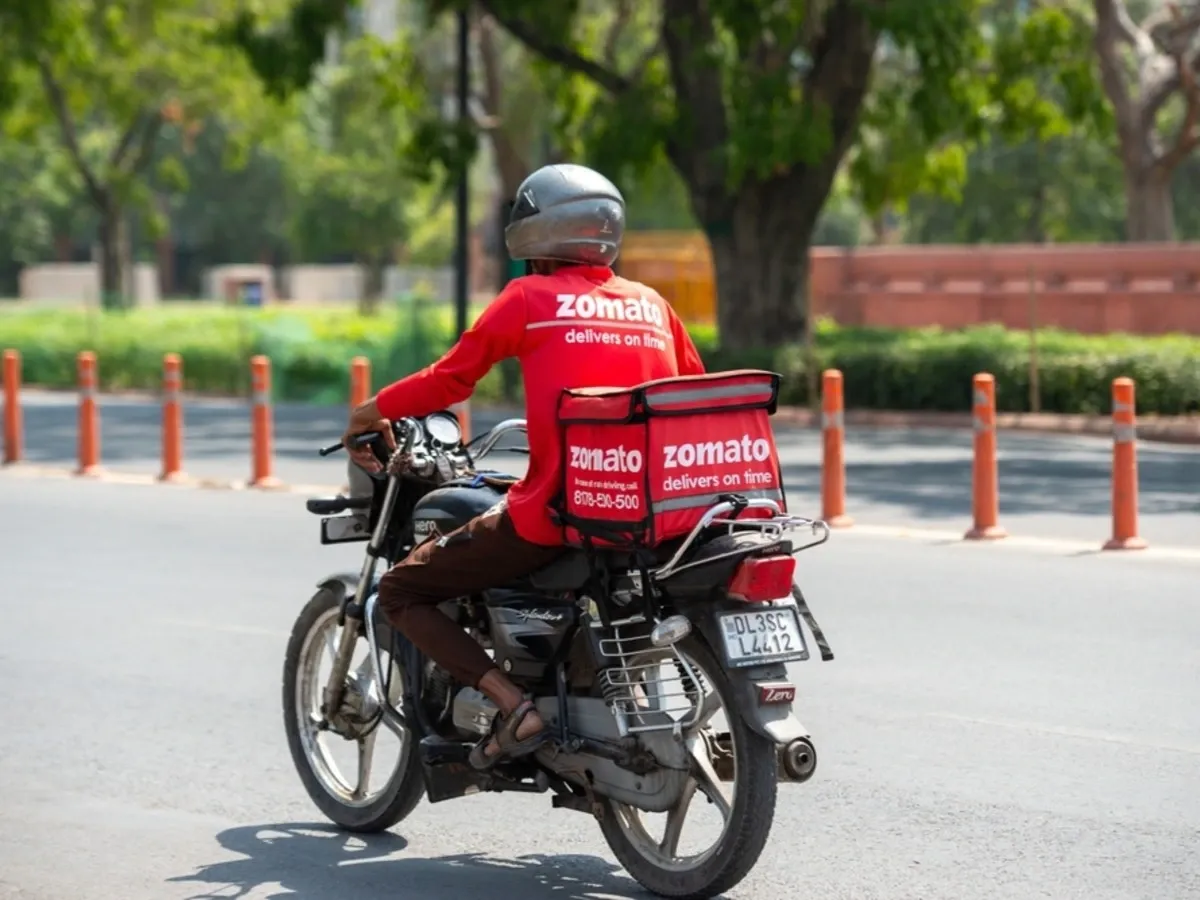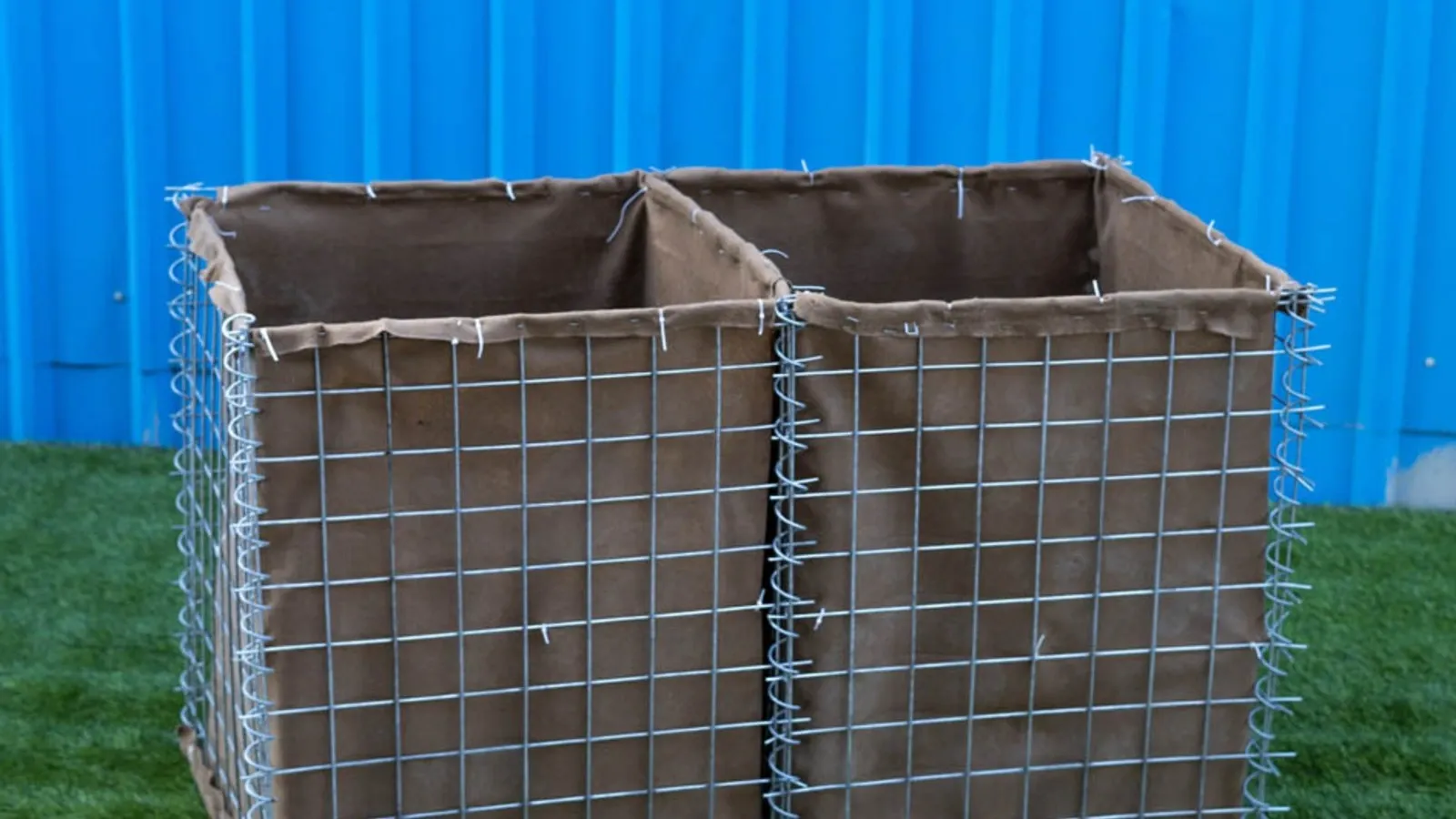Market News
Eternal Q1 result: Net profit comes in at ₹25 crore, revenue jumps 70% YoY to ₹7,167 crore; shares zoom 7%
.png)
5 min read | Updated on July 21, 2025, 16:02 IST
SUMMARY
Eternal Q1 result: Its revenue from operations came in at ₹7,167 crore, up 70% against ₹4,206 crore logged in the corresponding quarter of the previous fiscal year.
Stock list

Shares of Eternal after the result announcement were trading over 7% higher at ₹275.25 apiece on the NSE. | Image: Shutterstock
Its revenue from operations came in at ₹7,167 crore, up 70% against ₹4,206 crore logged in the corresponding quarter of the previous fiscal year.
Shares of Eternal after the result announcement ended 7.5% higher at ₹276.50 apiece on the NSE.
Overall business performance in Q1 FY26
In its letter to shareholders, Eternal said net order value (NOV) of its B2C businesses grew 55% YoY (16% QoQ) to ₹20,183 crore in Q1 FY26. This was the first quarter where its quick commerce NOV exceeded food delivery NOV for the full quarter.
"On an annualised basis, we are now at almost $10 billion of annual NOV across our B2C businesses, and quick commerce is now our largest B2C business, contributing to almost half of this annualised NOV. Our B2B business Hyperpure’s revenue grew 89% YoY (25% QoQ). We expect de-growth in this business in the next few quarters," the letter said.
Consolidated adjusted revenue grew 67% YoY (22% QoQ) to ₹7,563 crore – the growth rates here have been pretty steady at 50%+ for the past 11 quarters.
On the profitability front, consolidated adjusted EBITDA declined 42% YoY to ₹172 crore in Q1 FY26, largely on account of the continuing investments in quick commerce and going out, which were partly offset by the improvement in food delivery adjusted EBITDA margin (as a % of NOV) to 5.0% from 3.9% a year ago, Eternal said in its letter.
NOV growth in food delivery dipped to 13% from 14%; here is why
Deepinder Goyal, the CEO of Zomato, said, "I think the YoY growth is likely to bottom out now as we recover from the demand slowdown we started seeing in late 2024. For FY26, it looks unlikely that the business will deliver a 20%+ NOV growth, but we should be north of 15% and hopefully trending towards 20% YoY growth in FY27."
Goyal added, "In response to the sluggish demand environment, we saw a QoQ increase in restaurant-funded discounts (as a % of GOV) in Q1 FY26, which led to the slightly lower NOV growth vis-à-vis GOV growth during the quarter (NOV = GOV minus discounts). We expect such quarterly fluctuations to be a regular feature as restaurants calibrate their investments in discounts in response to changes in the demand environment."
Margins in food delivery grow YoY but decline QoQ: What CEO says
Deepinder Goyal explained that every year in Q1, margins get impacted (in both food delivery and quick commerce) because of lower availability of delivery partners due to festivals and adverse weather conditions (onset of summer and rains in different parts of the country).
In the past, in the food delivery business, this pressure on margins in Q1s used to be offset by improvement in other areas, but now that margins have matured in this business, such fluctuations driven by seasonal factors are possible.
"Long term, we believe there is further scope for some margin expansion, but the current focus is on ramping up investments to drive further growth in the business while maintaining margins in the 5% (of NOV) ballpark," the CEO added.
Updates on District business
Deepnder said going-out (district) business is now an ₹8,000 crore annualised NOV business, which is about 20% of the size of its food delivery and quick commerce businesses. And, on a like-for-like basis, growing at 30%+ YoY. "In Q1 FY26, we had about 2 million average monthly transacting customers transacting ~2 times a month on average with a net AOV (NAOV) of ₹1,700+," Goyal adds.
"We are building District as a one-of-a-kind platform for going out in India by offering large going-out use cases, including dining out, movies, sports, concert ticketing, etc., on a single app for the most premium customer base in the country," the CEO added.
Akshant Goyal, the CFO, said, "Our average revenue per order today is ₹160+, which is meaningfully higher than our food delivery and quick commerce businesses."
Blinkit: Key Highlights
Albinder Dhindsa, the CEO of Blinkit, said the company added 243 net new stores this quarter, taking its store count to 1,544 stores by the end of the quarter.
"We are on track to get to 2,000 stores by Dec 2025. We also added 0.4 million sq ft of warehousing space and now operate over 5.6 million sq ft of warehousing space across the country (including store area, we now manage ~10.4 million sq ft of area across our entire supply chain)," Dhindsa said.
NOV grew 127% YoY, driven by a 123% YoY growth in average monthly transacting customers (MTC) from 7.6 million to 16.9 million over the past year.
On the profitability front, the margins improved from -2.4% of NOV in Q4 FY25 to -1.8% despite continued investments in new store roll-outs and seasonal factors as mentioned by Deepinder in response to Q4 above.
Net order value, or NOV, is the gross order value (GOV) minus the discounts (both platform-funded and partner-funded) and any other charges, like delivery fees and taxes.
Outlook
The long-term profitability of the business is not a concern, said Dhindsa. Despite the investments in long-term infrastructure and high competition, "a large portion of our business is already profitable, with some cities at a 2.5%+ adjusted EBITDA margin (as a % of NOV). Getting to these margins in some cities so early in this business is a testament to the feasibility of our long-term guidance of a 5-6% margin," Dhindsa added.
About The Author
Next Story


